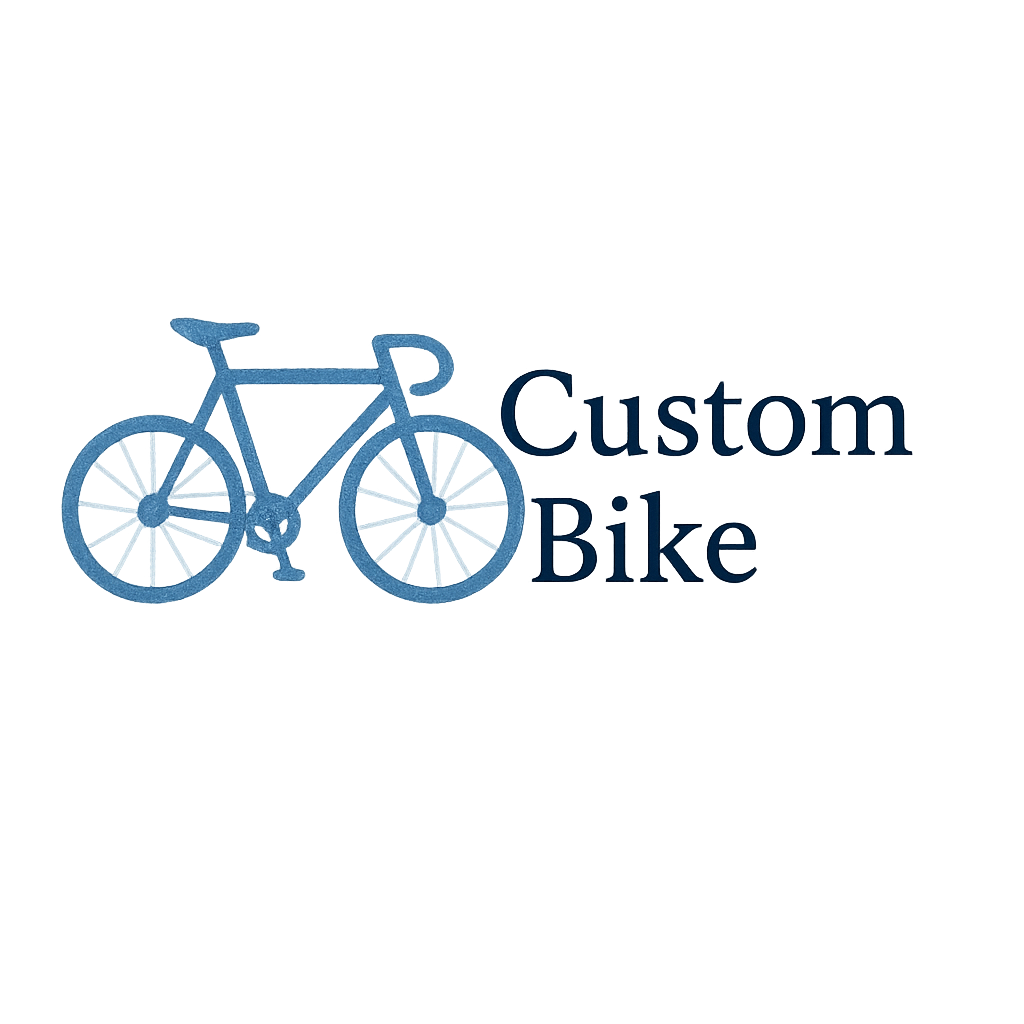Introduction
Commuting by bike in the city is fun, healthy, and eco-friendly—but only if your ride is smooth and safe. If your urban commuter bike hasn’t had some love in a while, chances are it’s screaming for a tune-up. The problem? Many riders miss the warning signs until something breaks down mid-ride. That’s why knowing the signals that your bike needs attention is essential.
In this guide, we’ll break down the 7 signs your urban commuter bike needs a tune-up. We’ll also share tips, hacks, and resources (including some expert links from Emporium Bikes) to help you keep your bike in top shape.
Why Regular Bike Tune-Ups Matter
Think of your commuter bike like a car. You wouldn’t drive thousands of miles without oil changes and checkups, right? Same goes for bikes.
The Role of Maintenance in Performance
A well-maintained bike isn’t just about avoiding breakdowns. It’s about performance. Smooth gears, responsive brakes, and a comfortable ride make every commute more enjoyable. For more on upgrading your ride, check out bike performance tips.
Avoiding Costly Repairs
Ignoring small issues now often leads to expensive repairs later. A stretched chain, worn brake pads, or loose spokes might cost little to fix today but could destroy major components tomorrow. Preventative care, like the maintenance guide at Emporium Bikes, saves money in the long run.
Sign #1: Your Gears Are Slipping or Skipping
Few things are as annoying as pedaling hard only for your chain to skip. Not only is it frustrating, but it’s also dangerous in city traffic.
Common Causes of Gear Issues
- Stretched or worn chain
- Misaligned derailleur
- Dirty or clogged cassette
- Damaged cables or housing
How a Tune-Up Fixes It
A proper tune-up involves adjusting derailleurs, lubricating the chain, and replacing worn-out parts. If you love tinkering, how-to-build tips can guide you.
Sign #2: Brakes Feel Weak or Unresponsive
Your brakes are your lifeline in city commuting. If they’re spongy, noisy, or slow to respond, you need a tune-up immediately.
Identifying Brake Wear
Check for:
- Thinning brake pads
- Glazed or contaminated rotors
- Frayed cables or worn hydraulic lines
Why Brake Tuning Is Crucial for Safety
A split second of delayed braking in urban traffic can mean the difference between stopping safely and a collision. Regular brake maintenance ensures confidence on every ride.

Sign #3: Strange Noises and Creaks
If your bike sounds like an old rocking chair, it’s time for some TLC.
Noises from the Chain and Drivetrain
Grinding or squeaking usually points to poor lubrication or a dirty chain. A tune-up includes a deep bike cleaning, restoring silence to your ride.
Frame and Component Creaks
Creaks from the bottom bracket, pedals, or seat post often mean loose components. Left unchecked, these can cause structural damage.
Sign #4: Wheels Are Out of True
Ever noticed your wheel wobbling as you ride? That’s called being “out of true,” and it’s not something you should ignore.
Spotting a Wobbly Wheel
Spin your wheel and check for side-to-side wobble. Uneven braking or rubbing on the frame is a dead giveaway.
Benefits of Wheel Truing
Wheel truing aligns spokes evenly, ensuring a smooth, safe ride. Professionals at custom bike building shops can fix this quickly.
Sign #5: The Ride Feels Rough or Unstable
Your commuter bike should glide, not jolt.
Suspension and Tire Issues
If your ride feels harsh, check tire pressure, tread wear, or suspension settings. Sometimes, the issue is as simple as topping off air or replacing old tires.
The Importance of Smooth Ride Quality
Comfort matters, especially on daily commutes. A smooth ride tune-up ensures stability and less fatigue.
Sign #6: Cables and Housing Look Worn
Cables are the hidden heroes of your bike, controlling shifting and braking.
How Cables Affect Shifting and Braking
Frayed or stretched cables make your bike sluggish and unsafe. Sticky housing also adds resistance, making shifting clunky.
When to Replace Them
During a tune-up, cables and housing are inspected and replaced if necessary. It’s a small fix with big safety returns. See more bike parts options.
Sign #7: Rust, Dirt, and Neglect Build-Up
Neglect shows up as rust, grime, and stiff components.
The Role of Cleaning in Longevity
A clean bike lasts longer and performs better. Regular washing and lubrication should be part of your routine.
Preventing Long-Term Damage
Rust can eat away at chains, bolts, and frames. A tune-up includes deep cleaning and even custom paint to keep your bike looking fresh.
How Often Should You Tune-Up Your Bike?
Seasonal vs. Mileage-Based Tune-Ups
- Casual riders: once or twice a year
- Daily commuters: every 3–6 months
- High-mileage cyclists: every 1,000 miles
Your riding style and environment also matter. Wet, salty city roads demand more frequent care.
DIY vs. Professional Bike Tune-Ups
What You Can Do at Home
- Clean and lube chain
- Pump tires
- Basic bolt checks
For DIY lovers, check out bike hacks and inspiration.
When to Seek a Pro
Complex jobs—like wheel truing, drivetrain overhauls, or custom bike care—are best left to professionals.
Final Thoughts
Your bike is more than just a commuter tool—it’s your daily partner in the city. Pay attention to the warning signs: slipping gears, weak brakes, strange noises, wobbly wheels, rough rides, frayed cables, and visible neglect. A timely tune-up keeps your bike safe, smooth, and fun to ride.
So next time you notice one of these red flags, don’t ignore it. Head to your local shop or explore resources like Emporium Bikes to give your ride the care it deserves.
FAQs
Q1: How long does a bike tune-up take?
A standard tune-up usually takes 1–2 hours, depending on bike condition.
Q2: Can I ride my bike if it needs a tune-up?
Short rides may be fine, but delaying service risks safety and costly repairs.
Q3: What’s included in a full bike tune-up?
Typically: brake adjustments, gear tuning, chain lubrication, wheel truing, and cleaning.
Q4: How much does a tune-up cost?
Prices vary, but expect $50–$100 for a standard service.
Q5: Do electric commuter bikes need tune-ups too?
Yes! They need even more attention due to electronic components.
Q6: Can I prevent my bike from needing frequent tune-ups?
Regular cleaning, proper storage, and simple DIY checks extend service intervals.
Q7: Where can I find parts for my commuter bike?
Check bike parts at Emporium Bikes for high-quality components.


